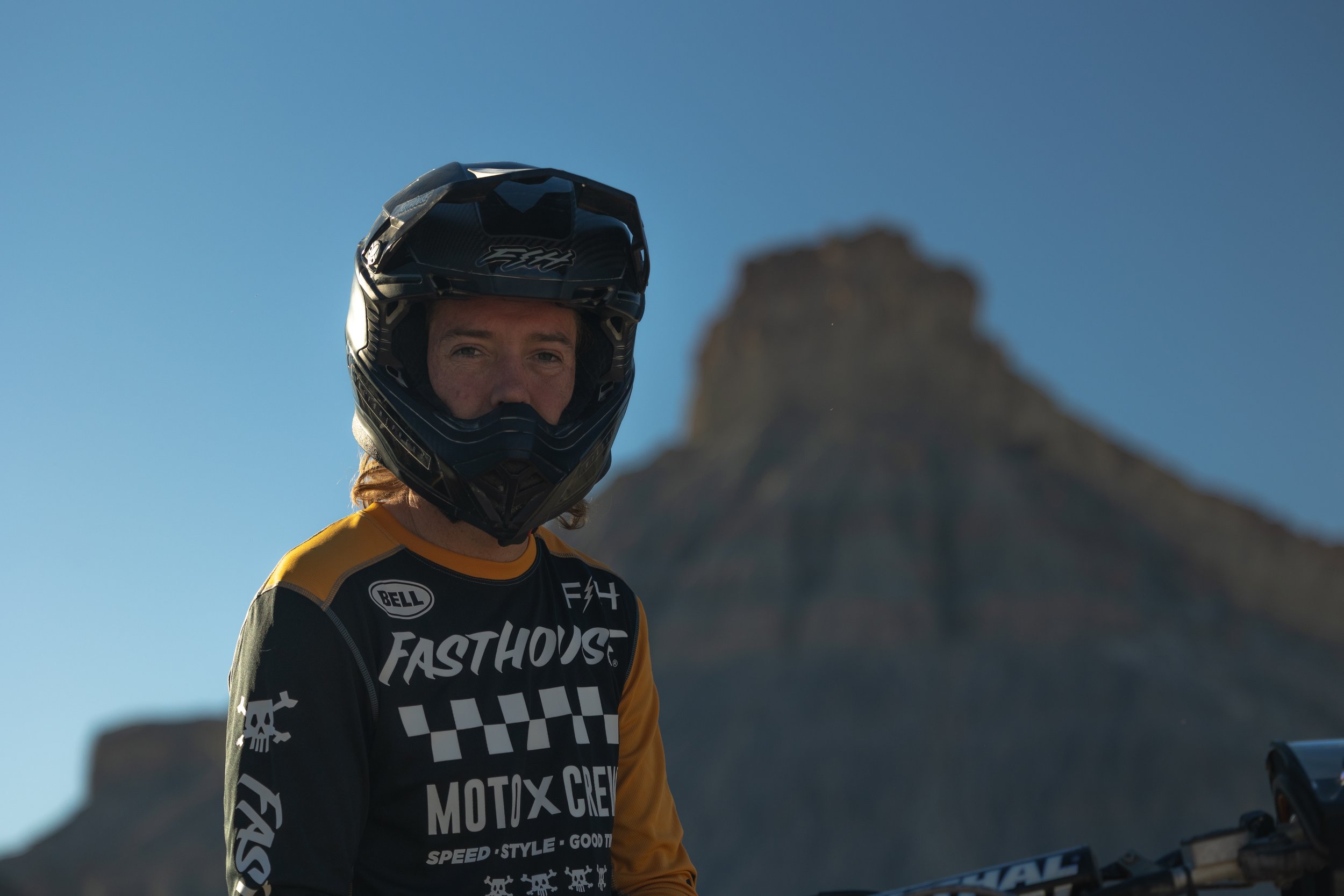EXPLORING THE LAST REMNANTS OF A DYING GLACIER
Words and photography by Steve Shannon
Glaciers are found in mountain ranges on nearly every continent. They are the largest reservoir of fresh water on earth, one that is especially important for plants, animals and human uses. Sadly, as climates change and the last ice age fades into the past, many glaciers are receding. These majestic chunks of ice encapsulate history spanning centuries. Peering into a crevasse, layers are visible, telling us a story much longer than that of our two wheeled brethren. The blue textures of the icy walls leave us in awe.
This glacier’s days are numbered. Its volume has shrunk dramatically in recent decades. Miners from the previous century talk about crossing the glacier to access nearby deposits, and now there’s a snow and ice free path right to the summit. The access granted by the glacier’s recession is bittersweet. It allows us easier access to explore this alpine wonderland, but questions remain about the health of the environment and the impact on this place we love. As the sun fades behind a nearby peak and a cold north breeze descends upon us, it’s time to head back to the valley below. Rolling off the glacial ice and on to the trail, I pause one last time to take in the icy textures below my wheels. Visiting this place is a privilege, one we don’t take lightly. I hope to return again next summer, but maybe, just maybe, snow and ice will block our passage. Nothing would make me happier.










